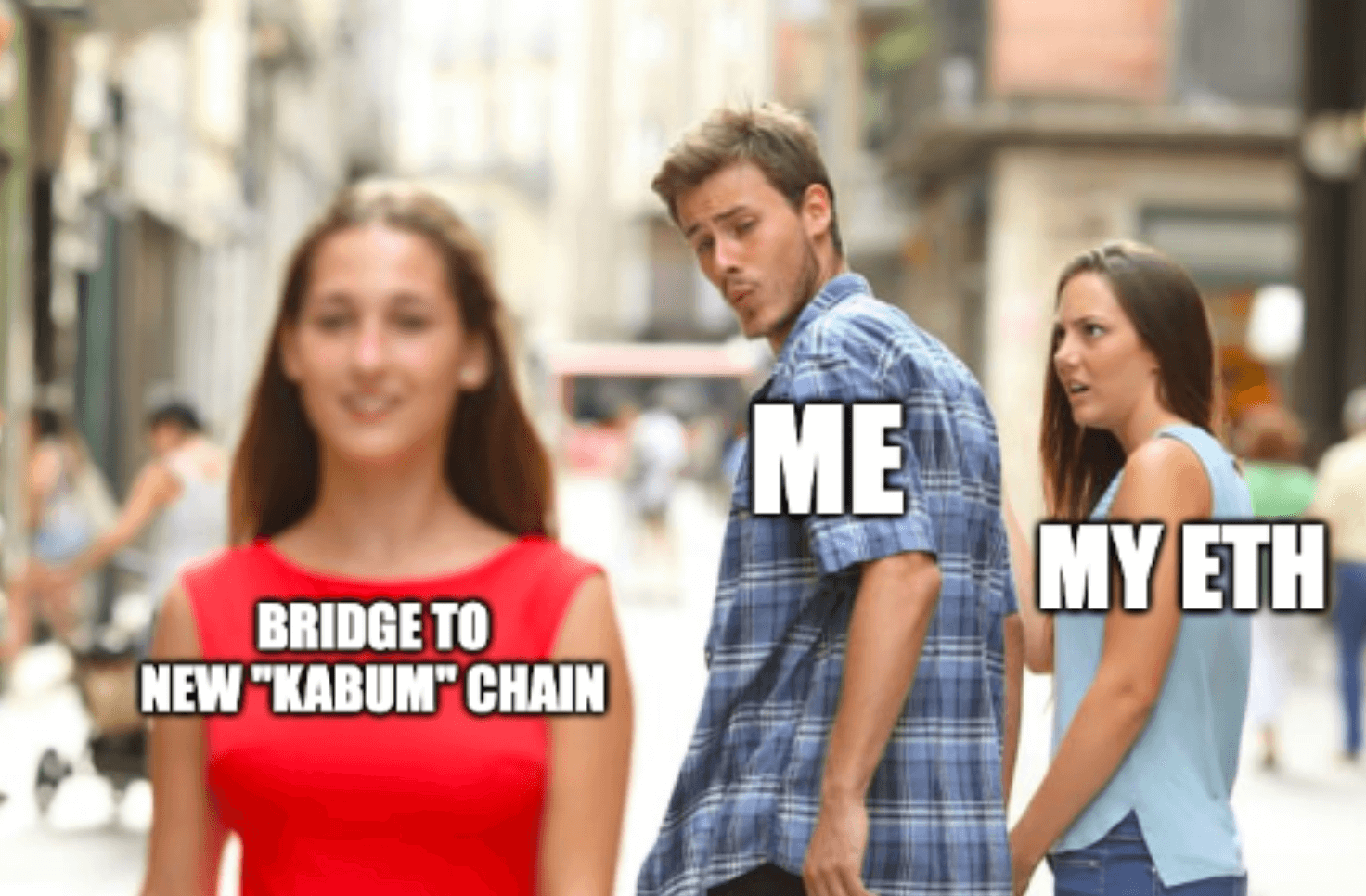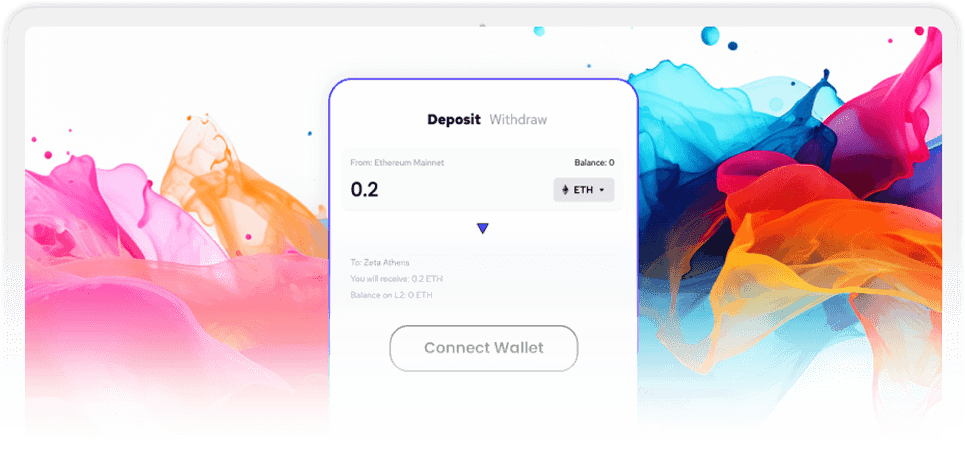Crypto Bridges: Explained Technically



Bridges are an essential infrastructural component in blockchain, enabling interoperability between distinct blockchain networks. This article goes through the ins and outs of the technical workings of crypto bridges, offering a detailed explanation of their functionality, the underlying principles that govern their operation, and an overview of notable crypto bridges in the industry.

A crypto bridge, in its essence, is a connection facilitating the transfer of data and value between two independent blockchain networks. These networks, often operating on differing protocols, consensus mechanisms, and governance models, require a medium to communicate and transact seamlessly.
The operation of a crypto bridge relies on several key components:
Crypto bridges can be broadly classified into two categories:
Initiation: A user sends a transaction to lock their tokens on the source blockchain.
Verification: Validators or smart contracts verify the transaction.
Locking: The tokens are locked in a smart contract or multi-signature wallet.
Minting: An equivalent amount of representative tokens is minted on the destination blockchain.
Completion: The user receives the representative tokens, which can be used within the ecosystem of the destination blockchain.
Multi-Signature Security: Enhances the security of the locked funds.
Decentralized Validators: Reduce the risk of manipulation or fraud.
Time-Locks and Atomic Swaps: Ensure that the process is reversible if something goes wrong.
Transaction Speed: Ethereum’s gas system can lead to faster processing times for bridging transactions compared to Bitcoin's mempool, especially during high congestion.
Cost Efficiency: The cost of bridging transactions can be higher on Ethereum during periods of high network activity.
[.c-wr-center][.button-black]Start Now[.button-black][.c-wr-center]

Functionality: Arbitrum Bridge is a prominent player in the Ethereum scaling landscape. It facilitates the transfer of assets between the Ethereum mainnet and the Arbitrum layer 2 solution.
Advantages: This bridge is designed to offer reduced gas costs and enhanced transaction throughput, addressing some of Ethereum's scalability challenges.
Security and User Experience: Arbitrum maintains a high level of security by leveraging Ethereum's robust security framework. It also focuses on simplifying user experience, making it accessible for a broader audience.
Functionality: Stargate stands out as a unique bridge solution that enables the transfer of assets across multiple blockchains.
Interoperability: Its primary focus is on seamless interoperability, allowing for efficient and reliable cross-chain transactions.
Technology: Stargate leverages advanced technology to ensure liquidity is maintained across chains, thereby solving the fragmented liquidity issue commonly seen in other bridges.
Functionality: The Wormhole Bridge is a versatile and widely used bridge connecting several major blockchains, including Ethereum, Solana, and Binance Smart Chain.
Multi-Chain Support: It supports a variety of cryptocurrencies and NFTs, making it a go-to choice for users seeking multi-chain interactions.
User Experience: Wormhole is known for its user-friendly interface and robust security measures, ensuring a seamless and safe bridging experience.
| Bridge | Description |
|---|---|
| zkSync Era Bridge | A Layer 2 scaling solution for Ethereum, utilizing ZK rollups. It enables scalable and low-cost transactions while maintaining the security level of Ethereum. |
| Arbitrum Bridge | Arbitrum Bridge facilitates asset transfers from the Ethereum mainnet to the Arbitrum network, enhancing Ethereum's scalability by processing transactions off-chain. It provides a secure, trustless mechanism for asset transfers and supports a wide range of assets. |
| Polygon PoS Bridge | This bridge offers a layer-2 scaling solution for Ethereum, addressing network congestion and high transaction costs. It allows for the transfer of assets between the Ethereum and Polygon networks, enhancing interoperability and transaction efficiency. |
| Stargate | Stargate is a fully composable cross-chain bridge that allows for the direct transfer of native assets between different blockchains, eliminating the need for wrapped tokens. |
| Across | Across is a bridge protocol that provides fast, secure, and low-cost bridging services between various blockchains. It is designed to optimize for speed and security, ensuring users can transfer their assets across chains efficiently and with minimal risk. |
| Squid (Powered by Axelar) | Squid, powered by Axelar, is a decentralized network that connects various blockchains, allowing for seamless communication and transfer of assets across different ecosystems. |
| Portal by Wormhole | Portal by Wormhole is a bridge service that facilitates the transfer of information and assets across different blockchains. It aims to enhance blockchain interoperability, providing a reliable and efficient means for different networks to communicate and interact. |
| Meson | Meson is a protocol focusing on stablecoins and selected tokens, designed for fast, low-cost, and secure cross-chain swaps. It aims to provide a seamless user experience, enabling direct exchanges between stablecoins on different blockchains without the need for wrapped tokens or manual swaps. |
| Optimism Gateway | Optimism Gateway is a part of the Optimism network, a Layer 2 scaling solution for Ethereum. It facilitates the transfer of assets between the Ethereum mainnet and the Optimism network, aimed at reducing transaction fees and speeding up transaction times on Ethereum. |
| Celer cBridge | Celer cBridge is a cross-chain bridging solution that allows for fast and low-cost transfers of assets across multiple blockchains. It is known for its efficiency and supports a variety of major blockchain networks. |
| Core Avalanche Bridge | The Avalanche Bridge connects the Ethereum blockchain with the Avalanche network, allowing users to seamlessly transfer assets between these two platforms. It focuses on high speed and low transaction costs, enhancing the usability of both networks. |
| Synapse | Synapse is a cross-chain liquidity network that enables the transfer of assets across various blockchains. It focuses on interoperability and liquidity, facilitating easy and efficient transactions between different networks. |
| rhino.fi | Formerly known as DeversiFi, rhino.fi is a decentralized finance platform that provides a bridge service among its offerings. It enables users to interact with various DeFi protocols and assets across different blockchains. |
| xDai Bridge | The xDai Bridge allows for the transfer of assets between the Ethereum mainnet and the xDai chain, a stable payments blockchain. This bridge is particularly focused on stablecoin transfers and maintaining low transaction costs. |
| Base Bridge | The Base Bridge facilitates transfers between Ethereum and Base, a Layer 2 network incubated by Coinbase. It supports a variety of ERC-20 tokens and is designed for secure, low-cost asset transfers. |
| Mantle Bridge | Information on a specific bridge named "Mantle Bridge" was not readily available, suggesting it might be lesser-known or new. Generally, crypto bridges like this enable the transfer of assets between different blockchain networks, focusing on interoperability and efficiency. |
| Manta Pacific Bridge | Manta Pacific Bridge is part of the Manta Network, focusing on privacy-preserving DeFi. This bridge likely facilitates the transfer of assets within the Manta ecosystem, prioritizing privacy and security in transactions. However, specific details about this bridge were not readily available. |
| Hop | The Hop protocol offers a scalable rollup-to-rollup general token bridge. It enables users to send tokens from one rollup to another or between rollups and Ethereum, aiming to provide fast and secure transactions across different networks. |
| DLN (Powered by deBridge) | DLN, powered by deBridge, is a part of the deBridge ecosystem, which is a cross-chain interoperability and liquidity transfer protocol. This bridge likely facilitates the transfer of assets across multiple blockchains, enhancing the interoperability within the decentralized finance (DeFi) ecosystem. |
| Symbiosis | Symbiosis is a cross-chain Automated Market Maker (AMM) Decentralized Exchange (DEX) that integrates liquidity from various networks, including both Layer 1 (L1) and Layer 2 (L2) blockchains, as well as Ethereum Virtual Machine (EVM) and non-EVM networks. |
Crypto bridges play a vital role in enhancing the interoperability and functionality of various blockchain ecosystems. By understanding their technical workings, one can appreciate the complexity and innovation behind these crucial blockchain components. As the blockchain landscape continues to evolve, the development and refinement of crypto bridges will undoubtedly play a pivotal role in shaping the future of decentralized finance and cross-chain interactions.
Build blockchain apps faster with a unified framework for 60+ blockchain protocols.